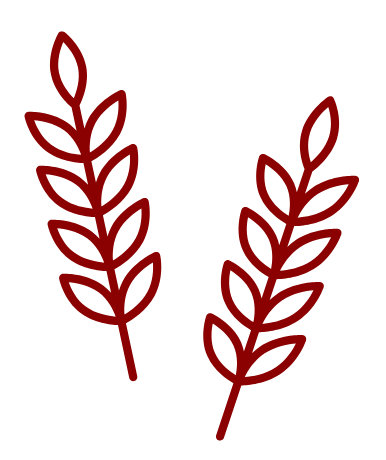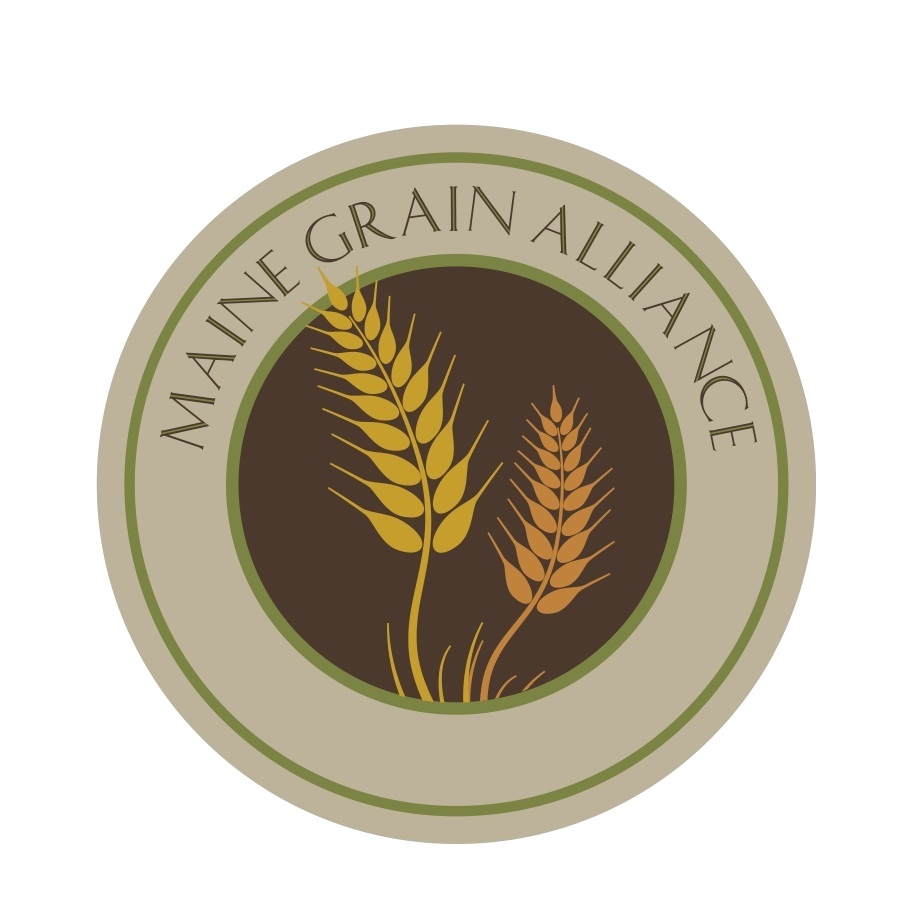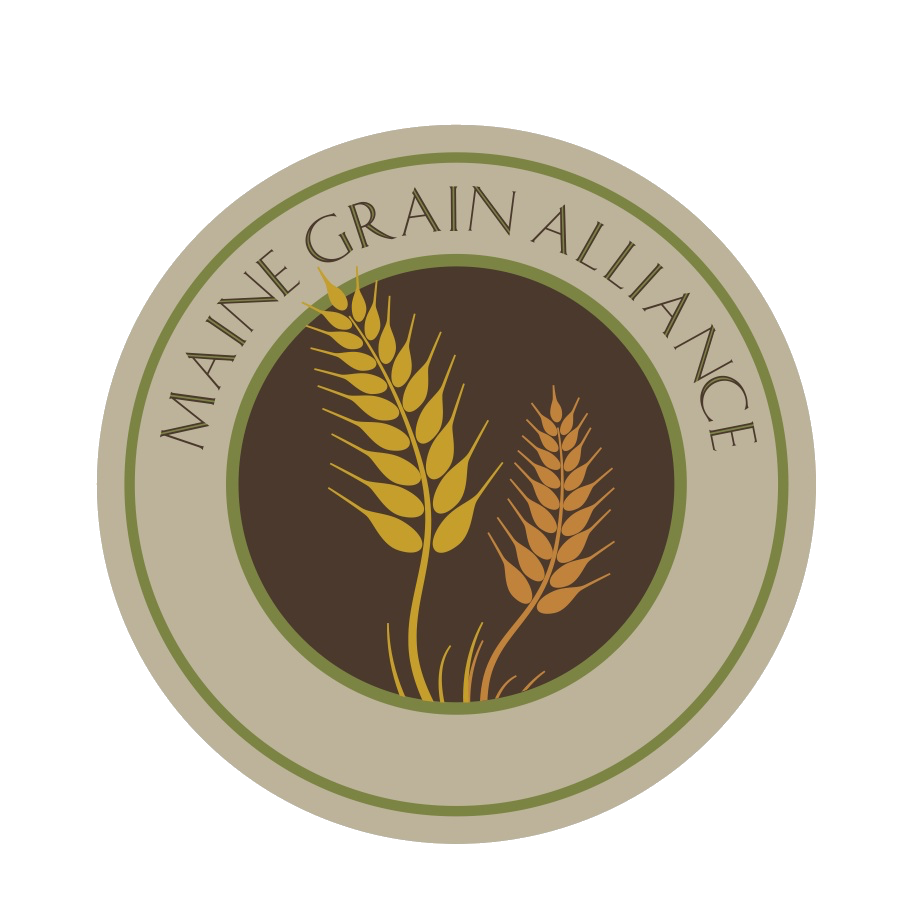
Organic Farmer & Seed Saver Resources
Join a network of grain enthusiasts – seed savers, organic farmers, bakers, researchers, and home gardeners

Share seeds and knowledge of heritage, landrace, and organic grain varieties and explore ways to collaborate.
Connect with others in the organic grain community through our free membership site
Reports Featuring Organic Grain Resources
Weed Control in Organic Cereals
Camera Steering Systems for Precision Cultivation and Weed Management in Cereals
Band Sowing and Cultivation for Weed Management in Organic Grains
Bread Wheat in Denmark:
Genetic Resources, Disease, and Weed Management
Local Bread Wheat in Quebec
Harvesting By Hand For Small Scale Trail Plots
Glossary of the Heritage and Landrace Grain Network
This glossary defines terms you might find throughout the site. The glossary is a work in progress, and edits, corrections, and updates will be made on an ongoing basis.
Landrace
A population that has developed through natural processes including adaptation to a variety of environmental situations, crossings, and the introduction of seed through farmers trading and sharing seed. Landraces are genetically and physically more diverse than more formal varieties or breeds. This allows them to respond to and take advantage of a variety of growing situations, and it allows growers to select for traits that are best suited to their growing conditions.
Variety
A subdivision of a species, officially ranking between subspecies and forma when these are also used. However, especially as used in the past it has had varying connotations. It is often used for a major subdivision of a species (sometimes in the sense of subspecies), and has also frequently been used in the sense of form. Before the term cultivar was coined, variety could also have the sense of that term, designating a variant of horticultural origin or importance. (from Hortus Third)
Cultivar
A horticulturally or agriculturally derived variety of a plant, as distinguished from a natural or wild variety.
Modern
Varieties developed in the late 1800s and after Mendel’s Laws were put into action by breeders around 1900; varieties bred for roller milling.
Dwarf and daylight-insensitive varieties developed for greater yield starting in the mid 1900s in the US, earlier in some other countries.
Heirloom
An open-pollinated variety passed down from generation to generation within a family or community. Not generally commercially available in the past.
Diploid
Having two sets of chromosomes.
Hexaploid
Having six sets of chromosomes.
Heritage
Old fashioned varieties. Varieties that existed or were developed before the mid-20th century when breeding intensified for shorter height, higher yield, and various resistances.
Tetraploid
Having four sets of chromosomes.
Breeding
Purposeful crossing of varieties to obtain desired characteristics.
Spring Habit
Not requiring vernalization to produce seed, and generally producing ripe seed in a relatively short growing season. In northern regions, understood to need planting in the spring rather than in the fall, but planting times can vary significantly depending on growing region.
Winter Habit
Requiring vernalization to initiate stem elongation and seed formation. In northern regions, understood to need planting in the fall and requiring a long season to produce ripe seed. Plants will grow into a small clump before the ground freezes, go dormant over the winter, then develop seed the following summer. However, planting times can vary significantly depending on growing regions.
Faculative Habit
Can be planted either in the spring or in the fall in some locations. Facultative grains do not require vernalization but have a moderate level of winter or cold hardiness.
Vernalization
Exposure of plants or seeds to low temperatures for a period of time in order to stimulate flowering or to enhance seed production.
Lodging
The tendency of a plant to fall over. Causes can include wind, heavy rains, or an excess of fertility leading to heavy grain heads, or simply the inherent nature of a particular variety.
Selection
Choosing seed from certain plants that show desired characteristics rather than collecting seed from the entire population.
Made possible thanks to support from


